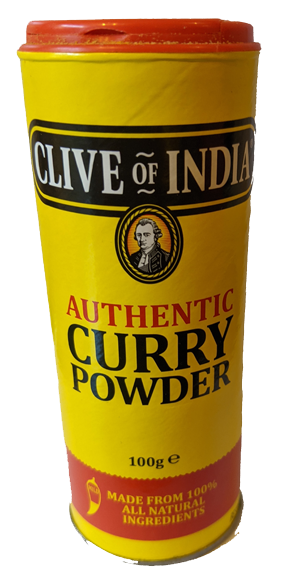
If you like curries you may find in your kitchen pantry a curry powder branded ‘Clive of India’. If the name means nothing to you then it is somewhat forgivable. William Dalrymple, author of The Anarchy, a history of the East India Company, tells how when he visited the red sandstone Mughal fort where the Company signed the Treaty of Allahabad with the emperor Shah Alam in 1765 – the treaty that gave the East India Company control over north eastern India and set it on its path to becoming a full-blown colonial ruler – none of the officers or sentries guarding the fort knew of its history. The fort is not a tourist attraction, so it’s not open to the public, and none of the sentries, Dalrymple tells us, had even heard of the East India Company.
‘The Anarchy’ was a period in Indian history after the death of Mughal Aurangzeb in 1707, when the central control of the Mughals began to be challenged by other ethnic groups like the Marathas. The ability of the emperor to control regions, gather taxes and keep the peace came under pressure. This disunity later gave the opportunity for the British East India Company, initially a small force in India, to sometimes set enemies against one another, and sometimes to support one group against another, for control of their own commercial interests. In some towns a sense of lawlessness reigned in India, but as the 18th century continued, the anarchy was characterised by political upheaval in India, rather than merely civil disorder.
The Englishman responsible for the 1765 treaty was Robert Clive, now remembered by the curry powder. Clive started his career as an accountant but showed an aptitude for military leadership. He escaped from Madras after the French took the city in 1746, refusing to swear an oath not to bear arms against them. He walked about 180 kilometres south to Fort St David where he was trained to fight. He distinguished himself in the Siege of Arcot where he was instrumental in the final victory, having marched his force against the French in the middle of a thunderstorm. Clive’s military style was effective. He was willing to take large risks and often took the enemy by surprise. He was rewarded with a lucrative position with the Company after Arcot, and by the time he returned to England in 1753, he was a rich man. He was requested to return to India, however – and had motive to do so after a failed political career that sapped much of his fortune – to deal with further threats against English interests by the French. Clive continued to prove an effective leader, with notable success in his leadership of the decisive Battle of Plassey in 1757, against the much larger forces of Indians and French, which helped to secure Bengal for the East India Company. The history of English involvement in India during this period was not conducted on a state level, but by one of the most unusual stories of conquest in history: of the submission of the Mughal of India and his various nawabs – regional governors or viceroys – to a private trading company.
In essence, this is the thread that is woven throughout the historical narrative of this book: that it is the story of the birth of modern corporations and an extreme example of the conflict between state and corporate powers. In Australia, at the moment, Google and social media companies are being asked to contribute to the cost of media stories they feature as a means to help support traditional media outlets. This is in response to the decline of traditional media and the stark problems caused by the ever-increasing Balkanisation of information which has led to conspiracy theories, political turmoil and even violence. So far, the threat from these corporations has been that they might switch off their services in Australia as a response.
Similarly, the Company had control over its Mughal puppets, because for the Company to withdraw support would be to leave India’s leaders exposed to their enemies and destroy the trade upon which the Indian economy had come to depend. Dalrymple finds other modern equivalences for the East India Company in the modern world, too. The subprime bubble of 2007 led to the bailout of American banks because they were too big to fail. In 1772 the East India Company was threatened with bankruptcy in the credit crisis of 1772. Over 30 European banks had collapsed (the catalyst of which was the Bengal Famine in which millions died, ironically caused by the Company’s policy of exploitation and its inaction against a drought), denying the Company trade and tearing down its land and asset values. But the East India Company contributed substantially to Britain’s trading wealth, and was deemed too large to fail. It was propped up by the British government in return for some level of oversight. Other practices might sound familiar to modern ears. Shares in the Company were used in what might be considered an early form of corporate lobbying: they were given to parliamentarians for their support. There is even the possible charge of insider trading. When Clive returned to India in 1765, it was with the belief that there was an imminent French attack which intelligence sources had warned the British government about. When he arrived in Madras in 1765, he heard that Hector Munro had scored a decisive victory at the Battle of Buxar, and realised the share price of the Company would skyrocket once news reached England. His first action in India was not on Company business, but to send a secret message to his agent in London to mortgage his house and buy up big on Company shares. In transactions and treaties with the Indian princes, Clive often received personal fortunes as his payment for the use of Company resources on their behalf.
The difference, however, between the Company and modern corporations, was its army. The Company army started small – Clive led 200 European and 300 sepoys (trained Indian fighters) against the French at Arcot – but during the course of the latter part of the century it grew into one of the largest, best-equipped and best-trained forces in the world. At its height, the Company army was twice the size of the official English army. So, to continue the modern corporate comparison, if Google of Facebook were now to act in the manner of the 18th century East India Company, they would be mobilising their army against the Australian government in defence of the status quo right now, and if successful, would overthrow the government and become our colonial powers. That’s how outlandish is the story of the conquest of India, not by Britain, but by a trading company with its non-descript offices on Leadenhall Street, London.
This is a complex story and Dalrymple tells it succinctly and simply. His narrative is easy to follow since he foreshadows key issues or events that will later occur as a result of events he is currently discussing. As a result, he continually gives his history not only a modern context, but helps his reader understand the significance of events to the wider unfolding political narrative of 18th Century India. His Introduction, in fact, gives a clear understanding of the broad modern perspective of his history, and he returns to this at relevant points. Another feature of his writing is that he understands that because there is not just one historical thread playing out, he needs to remind readers of other related threads he has covered that give contemporary context to his narrative. This is particularly useful for first-time readers of this period of history. Dalrymple also puts his history into the wider context of the Seven Years War, beginning in Canada, which pitted English and French forces against each other around the world, as well as Bonaparte’s plan to take India, which was thwarted by Nelson in the Battle of the Nile in 1798. The history of the Company in India is not just a history of conflict with Indians, but with other colonial traders.
Dalrymple’s telling of the history is not limited, either, to men like Robert Clive, who cemented the Company’s toehold in India, or William Hastings, its first Governor General (later impeached then acquitted for the corruptions of the Company he tried to reform) or Colonel Arthur Wellesley, who undertook an aggressive campaign to bring India under the complete control of the Company. Dalrymple gives equal significance to the internal conflicts in India, its warring factions and its culture, along with the many personalities from the period. Shah Alam, the beggar emperor who was reinstated by the English as a puppet, forms a kind of backbone to the narrative, since his reign is contiguous with the key events of the entire period. Shah Alam was an enlightened ruler, known for his decency and integrity. He was a poet and is credited with having written the first novel in Urdu. Yet he was a man who lived in exile and poverty for twelve years, and later saw his power diminished and used by foreign powers. In 1788, members of his family were raped after Delhi fell to Ghulum Qadir, a former favourite of Shah Alam’s who was introduced to the Red Fort initially as a captive. Ghulum Qadir was a sadistic man and had Shah Alam’s eyes destroyed with hot needles so that he might no longer read or write. The Anarchy is full of stories and personalities like this: of emperors like the charmless Aurangzeb, driven by religious bigotry and a strong need to control; of nawabs like Aliverdi Khan who managed to create a sophisticated court culture and brought economic and political stability to his people in a period of Mughal decline; of the Rohillas, Indo-Afghans who fought the Mughals for control in India; and the Marathas, a peasant class inhabiting central India who, under the Maratha Confederacy led by five chieftains, first began to challenge Mughal control after the death of Aurangzeb. Added to this, is the Tipu of Mysore, who was defeated by Wellesley at the fort of Srirangapatnum in 1803, the subject of which makes an entertaining novel by Bernard Cornwall, Sharpe’s Tiger. Dalrymple paints with a broad and eclectic brush, yet at the same time his account is disciplined, always focussed upon the key thread of his narrative: how a small British trading company subjugated an Asian continent. By 1803, Arthur Wellesley had effectively done this after the Battle of Assaye, and that is roughly where Dalrymple’s narrative ends. The later history of the Company is hinted at: the increasing control the British government sought over the Company, the outbreak of rebellion in 1857 which saw control of the Company transferred to the crown, and the Company’s eventual demise. But Dalrymple remains focussed on that period in which the Company was owned by private stockholders and its military and cultural grip on India was ever increasing.
Dalrymple has produced a truly great account of this period which he has sought to make accessible and relevant to modern audiences. For those coming to this period of history for the first time, I would suggest that this is a good book to start with. Naturally there is an index to help navigate some of the history, a bibliography and endnotes as one would expect. In addition, Dalrymple has also included a ‘Dramatis Personae’ at the beginning of the book which succinctly summarises the most salient facts about key figures from the period, as well as a useful glossary that covers some of the key Indian terms for Western readers. For instance, I learned that the English derogatory term, ‘nob’, is a contraction of ‘Nabob’, used as a term of abuse against English who returned from India. ‘Nabob’, in turn, was a bastardisation of the Indian ‘nawab’, which referred to the emperor’s deputies, or governors. Also, there are beautiful full colour plates that include Indian and English art from the period that illustrate key battles, the signing of key treaties, William Hasting’s impeachment, along with images of the key historical personalities. Each of the images is accompanied by clear explanations about their significance.
From a company originally incorporated in 1599 with the intention of advancing English trade, which had fallen behind other nations like the Dutch, Portuguese and French, to being the largest trading company on Earth, with the largest army controlling a continent of people, the story of the East India Company is amazing in the true sense of the world, and William Dalrymple’s book is a great place to start to explore that story.
Related Book

 RSS Feed
RSS Feed Facebook
Facebook Instagram
Instagram YouTube
YouTube Subscribe to our Newsletter
Subscribe to our Newsletter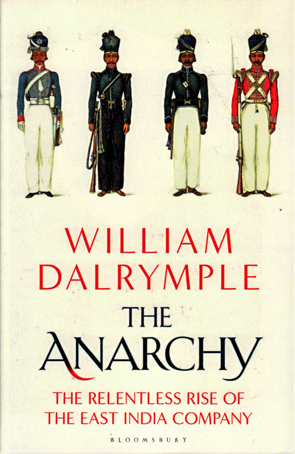


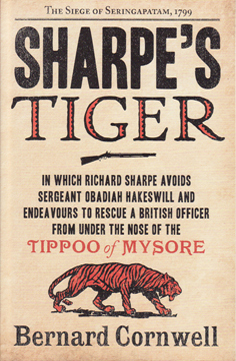
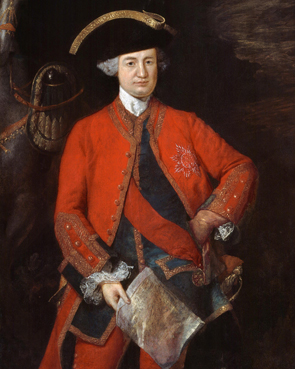
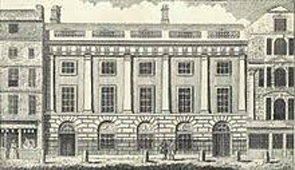
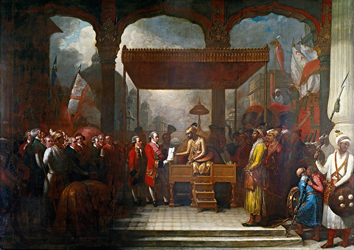
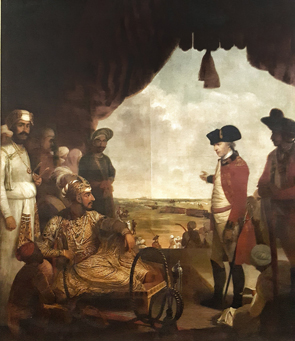
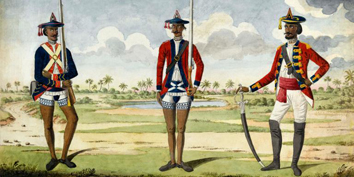
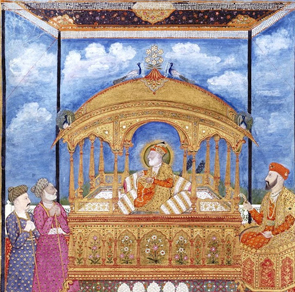


No one has commented yet. Be the first!